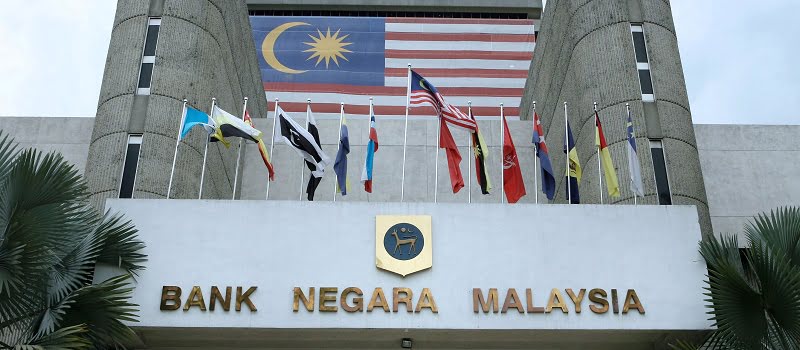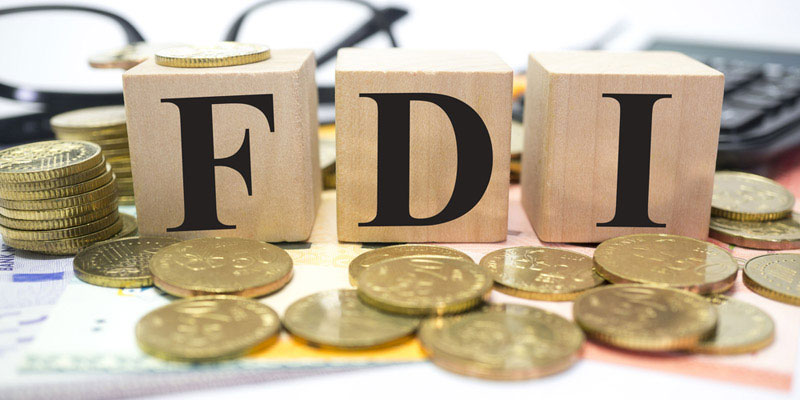The increase in OPR by Bank Nagara in May has increased the cost of borrowers. The increase in OPR can be caused by several factors and economic considerations made by Bank Negara Malaysia. Here are some common reasons why OPR can go up:
- Control inflation: One of the main objectives of Bank Negara Malaysia is to maintain price stability and control inflation. High inflation can cause economic instability and reduce the purchasing power of the community. Therefore, an increase in OPR will reduce liquidity in the market and encourage a reduction in spending.
- Encouraging savings: An increase in OPR can encourage people to save more money in the bank as an alternative to reduce consumption spending. This can help increase individual savings and reduce the risk of over consumption which can reduce inflation.
- Increase investor confidence: By increasing the OPR, Bank Negara Malaysia can attract foreign investors who are looking for a higher level of investment. By investing capital in this country, investors can increase the flow of foreign capital, which can support economic growth and currency stability.
- Overcoming financial risks: The increase in OPR can be used as a preventive measure to overcome financial risks. In some situations, if the level of debt or speculation in the economy increases significantly, Bank Negara can increase the OPR to reduce the risk of excessive lending and potential financial bubbles.

Table of Contents
Pros and cons of increasing OPR:

Four Advantage of OPR increase:
- Inflation control: An increase in OPR can help control inflation by reducing liquidity in the market. By reducing the available money supply, banks can help maintain price stability and prevent excessive spikes in inflation.
- Currency stability: If the OPR increase attracts foreign investors, this action can bring a greater flow of foreign capital to the country. It can increase the stability of the Malaysian Ringgit currency and reduce the risk of economic volatility.
- Appreciation for savings: An increase in OPR can provide incentives for the community to save more and reduce consumption spending. In the long term, this can encourage a better savings culture and help increase individual savings levels and financial stability.
- Savings and savings that are more profitable: With the increase in OPR, the interest rate on savings and savings in banks also tends to increase. This situation encourages the community to be more active in keeping their money in the bank, which can help improve the standard of living of the community, provide better access to credit facilities, and provide protection against unpredictable economic fluctuations for now.
Four Disadvantages of OPR increase:
- Higher loan burden: An increase in OPR has the potential to increase loan interest rates, including home loans, business loans, and other consumer loans. This action will result in higher loan costs for individuals and businesses, which will reduce individual purchasing power and hinder economic growth.
- Negative impact on investment: If interest rates rise, higher borrowing costs can reduce companies’ interest in taking loans and making new investments. This can have a negative impact on long-term economic growth and hinder investment activities and business development.
- Economic risk decreases: An increase in OPR can increase the financial risk for borrowers who are exposed to variable interest rates. If there is an unexpected surge in interest rates, individuals and businesses with large loans may experience difficulties in paying their obligations, which most likely they will not be able to pay their loans, which can trigger pressure on the financial sector and the economy as a whole.
- Reduction in the demand for discretionary goods: With the increase in interest rates, society tends to reduce their consumer spending, especially for the purchase of goods that are considered discretionary or luxury goods. This situation can result in a decrease in demand for luxury goods or luxury goods, which can have a negative impact on certain business and industry sectors.
It is important to remember that the impact of an increase in OPR may vary depending on economic conditions and other factors. The decision to increase the OPR is based on thorough analysis and considerations carried out by the monetary police.
